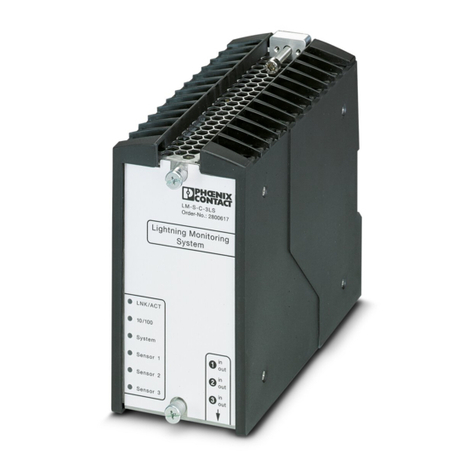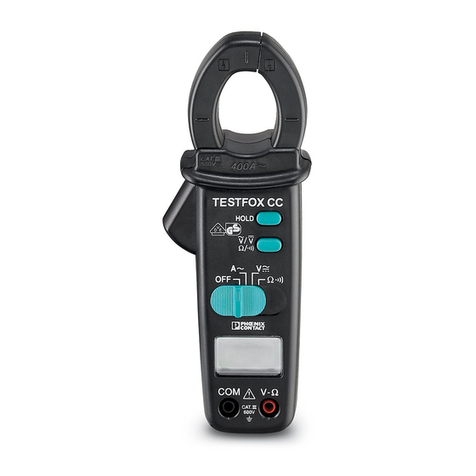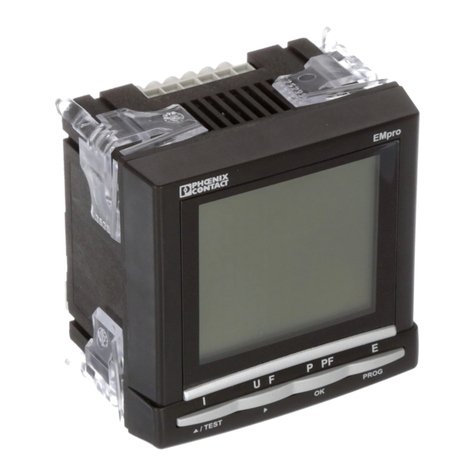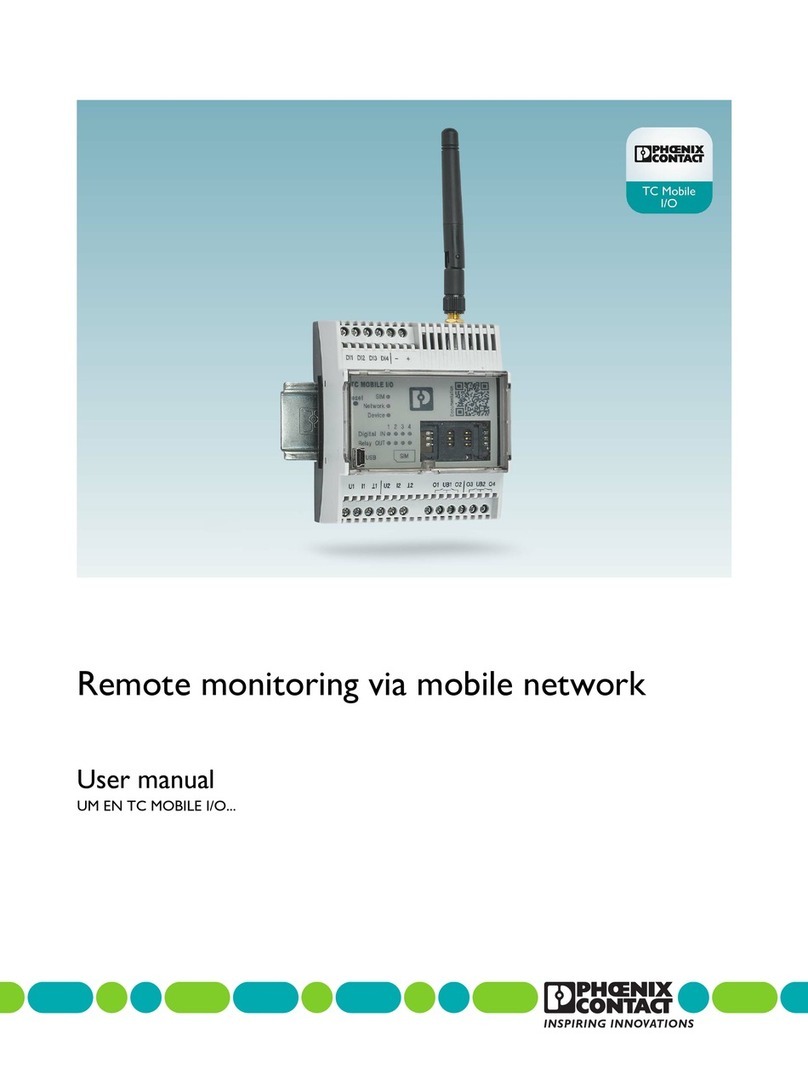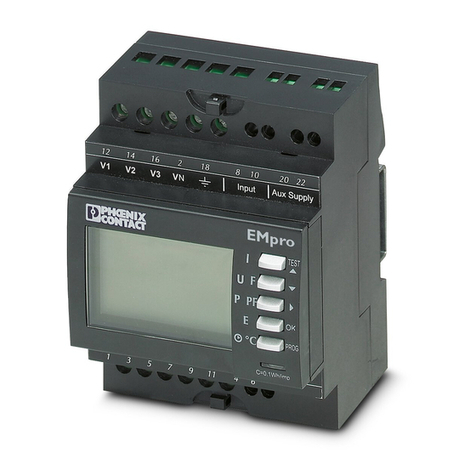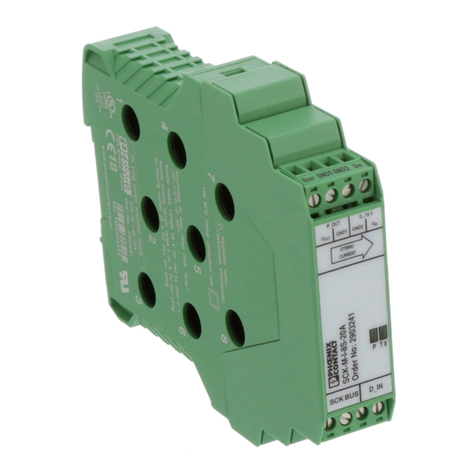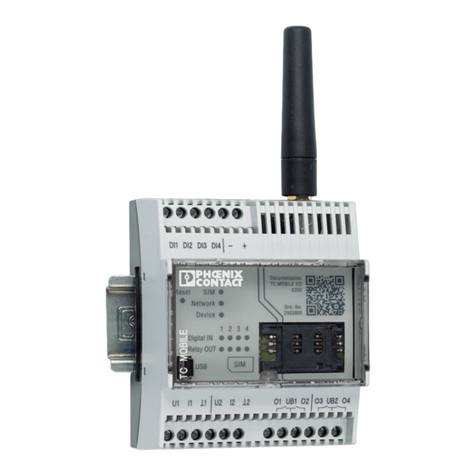
Table of contents
108138_en_01 PHOENIX CONTACT 3 / 42
Table of contents
1 For your safety ...........................................................................................................................5
1.1 Marking of warning notes....................................................................................... 5
1.2 Qualification of users ............................................................................................. 5
1.3 Safety notes .......................................................................................................... 5
1.4 Field of application of the product.......................................................................... 6
1.4.1 Intended use .......................................................................................... 6
1.4.2 Product changes .................................................................................... 6
1.4.3 Data sheet ............................................................................................. 6
1.5 Documentation ...................................................................................................... 7
2 Connection methods ..................................................................................................................8
2.1 Direct connection................................................................................................... 9
2.2 Connection with current transformers.................................................................. 10
2.3 Connection with current transformers and voltage transformers.......................... 11
2.4 Cable lengths of the current transformer.............................................................. 12
2.5 Parameterizing the module.................................................................................. 13
2.5.1 Direct connection ................................................................................. 13
2.5.2 Connection with current transformers .................................................. 13
2.5.3 Connection with voltage transformers .................................................. 14
3 Operating modes .....................................................................................................................15
3.1 RMS values operating mode ............................................................................... 15
3.2 Instantaneous values operating mode................................................................. 16
3.3 Measured values ................................................................................................. 17
3.4 Connection according to network type ................................................................ 18
3.4.1 Overview of parameterization of connection methods ......................... 18
3.4.2 4-conductor three-phase mains with uneven load
(star or delta configuration) .................................................................. 19
3.4.3 4-conductor three-phase mains, economy circuit, open-Y (star
configuration) ....................................................................................... 20
3.5 Calculating the reactive power and power factors ............................................... 22
3.5.1 Types of reactive power ....................................................................... 23
3.5.2 Calculation of power values per phase ................................................ 24
3.5.3 Sign of fundamental active and reactive power .................................... 25
4 Data transmission via process data .........................................................................................26
4.1 Parameterizing the contents of IN process data .................................................. 26
4.2 Input process data............................................................................................... 27
